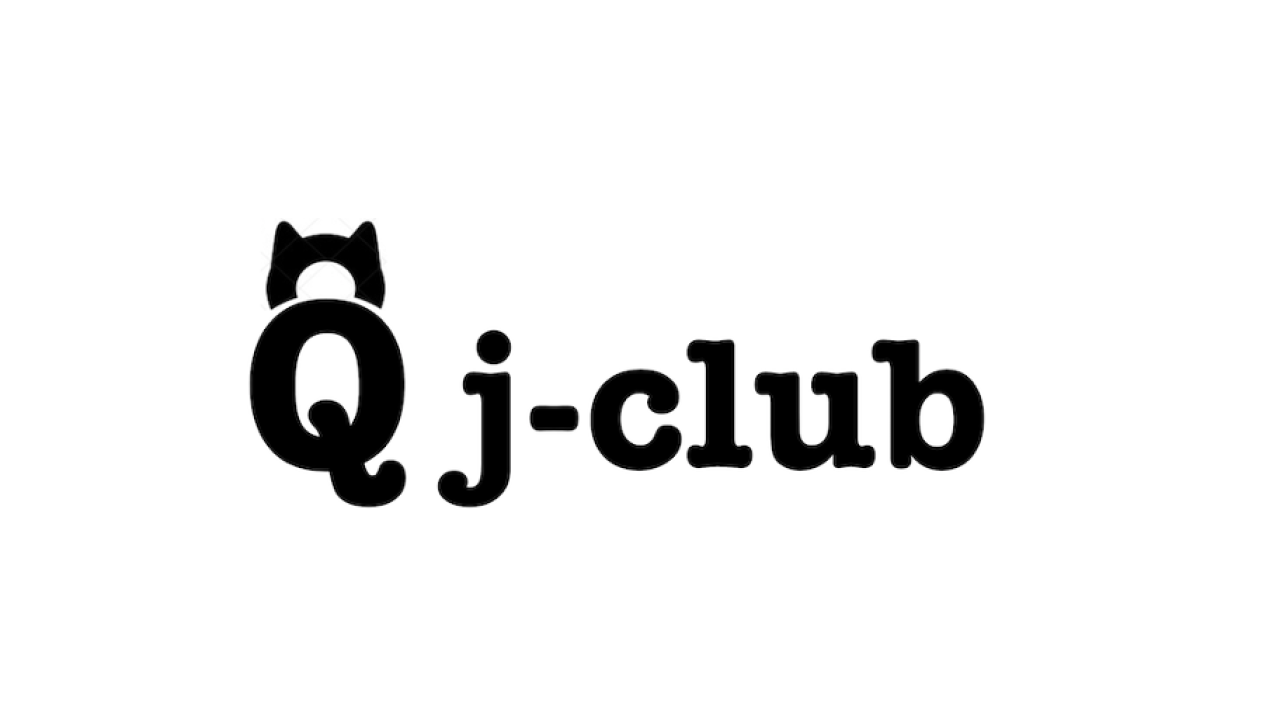
Event Date
Dr. Joao Pino Barros, ETH Zurich
Title: Classical vs quantum simulations of strong interaction
Abstract: One of the fundamental forces in nature is the strong nuclear interaction, its elementary particles being quarks and gluons, described by the commonly accepted theory of strong interaction: quantum chromodynamics (QCD). Lattice QCD is a non-perturbative approach to the strong interaction, which is usually applied at zero temperatures and baryonic densities. While the extension from zero to finite temperature is relatively straightforward and has resulted in precise predictions of multiple thermodynamic quantities, as well as bounds on new physics theories, simulations at non-zero chemical potential and real-time evolutions of strongly coupled systems are currently hindered by a sign problem. Simulating these systems has for decades remained an open problem without a satisfactory solution, and I will discuss why it may require more than a classical computer to find an efficient way to simulate QCD at finite densities.
Recommended literature: https://arxiv.org/abs/1911.00003
Jesse Patton, Quantum analyst, The Laboratory for Physical Sciences, Maryland
Title: Photonic quantum simulators based on multi-emitter coupled cavity arrays
Abstract: Quantum simulators have the potential to solve hard problems beyond the capabilities of classical computers. Among the various potential physical implementations, the solid-state approaches are appealing due to the anticipated scalability of the platform. Coupled cavity arrays in the strong cavity QED regime have been proposed for the simulation of condensed matter phenomena. Moreover, they have a promising path to implementation in materials hosting color center emitters. However, the effects of the spectral inhomogeneities of the emitter ensemble on the quantum hybridization of light and matter are still unknown. To understand this issue, we develop a package for effective Hamiltonian simulation of an open quantum system Tavis-Cummings-Hubbard model. Using realistic parameters of silicon carbide color centers and introducing two new metrics of polaritonic and nodal participation ratio, we analyze the effects of spectral inhomogeneities. We use the findings to guide the engineering of cavity-emitter systems with desired quantum wavefunctions.
Reference: Jesse Patton, Victoria A. Norman, Richard T. Scalettar, Marina Radulaski, arXiv:2112.15469 (2021)
https://arxiv.org/abs/2112.15469